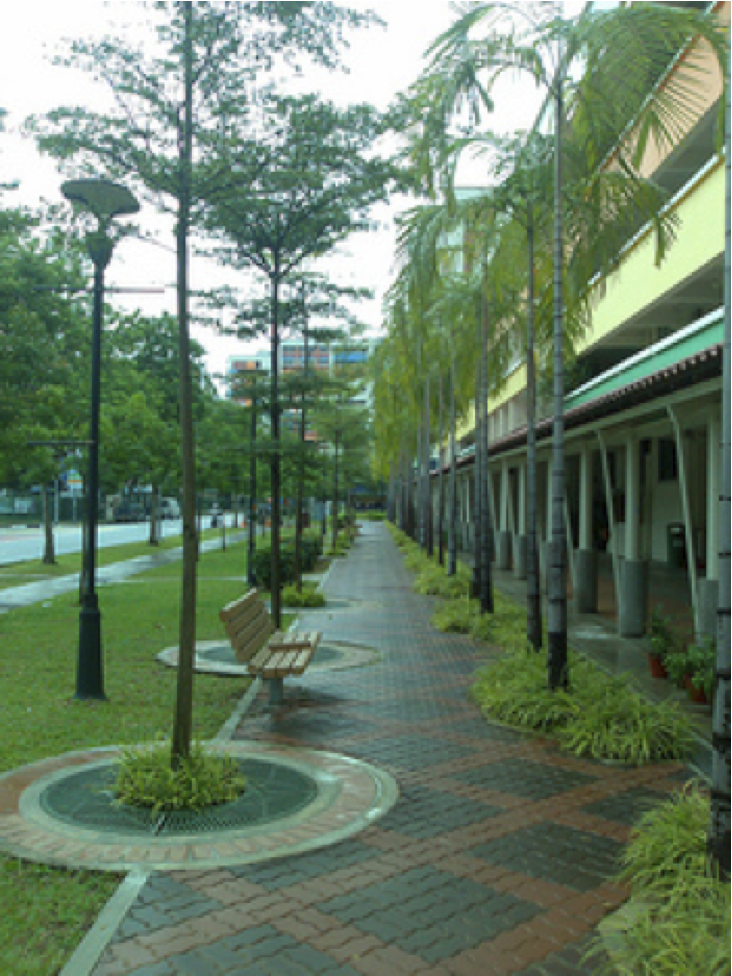New project! Green Infrastructure As a Transformative Response to Climate Change
By
Elizabeth Sawin
May 13, 2013
 Photo Credit: Jerry Wong Creative Commons
Photo Credit: Jerry Wong Creative Commons
** “Anyone who thinks that there is not a dramatic change in weather patterns is denying reality. We have a new reality, and old infrastructures and old systems.”**
****So stated New York Governor Cuomo in the days immediately following Hurricane Sandy, commenting on a challenge facing communities not just in the US but around the world. With some climate change already ‘locked in’ to the momentum of the climate system, human communities are facing an uncertain future. Finding those solutions that increase communities’ readiness for extreme events is a part of responding to climate change.
The promise of green infrastructure, which relies on wetlands, green roofs, rain gardens and permeable pavement, among other approaches, is that it can help communities deal cost-effectively with increased precipitation and storm water runoff while potentially bringing co-benefits, from good jobs to healthier air and cooler summer temperatures. Solutions like green infrastructure are a source of hope that, in responding to climate change we can also help our communities become healthier, more equitable, and more sustainable places to live and work.
That’s why we at Climate Interactive are thrilled to announce the start of a new project (thanks to the Surdna Foundation) which will, over the course of the next year, see us creating a prototype system dynamics simulation of green infrastructure that will allow for the same sort of ‘what-if’ scenario testing that has been so effective in our other models of global climate change, the transition to clean energy, and resilience to drought in eastern Africa.
With the new simulation, which we are currently calling the Green Infrastructure Decision Support Simulator, users will be able to explore the consequences of different fractional investments in green infrastructure (solutions like wetland restoration and rain barrel installation) versus investments in gray infrastructure (pipes, holding tanks and cisterns, etc.) The simulation will also make it easier to understand how a system performs in response to different climate change and land-use scenarios and the implications for both upfront and operational costs. The simulation will also show simple indicators of some of the co-benefits of green infrastructure, from jobs and economic development to air quality and local temperatures.
Modeling won’t likely begin until early fall, but in the next few months we will identify the partner city for the pilot project, and begin digesting the many excellent studies on the topic. Already we are discovering that green infrastructure truly is a ‘systems intervention’ that touches on topics ranging from ecology to hydrology to economics, social justice, and community well being. As such, we are very optimistic that our systems simulation approach, which helps people see what works for whole systems, will help a promising idea scale up to its fullest potential.

